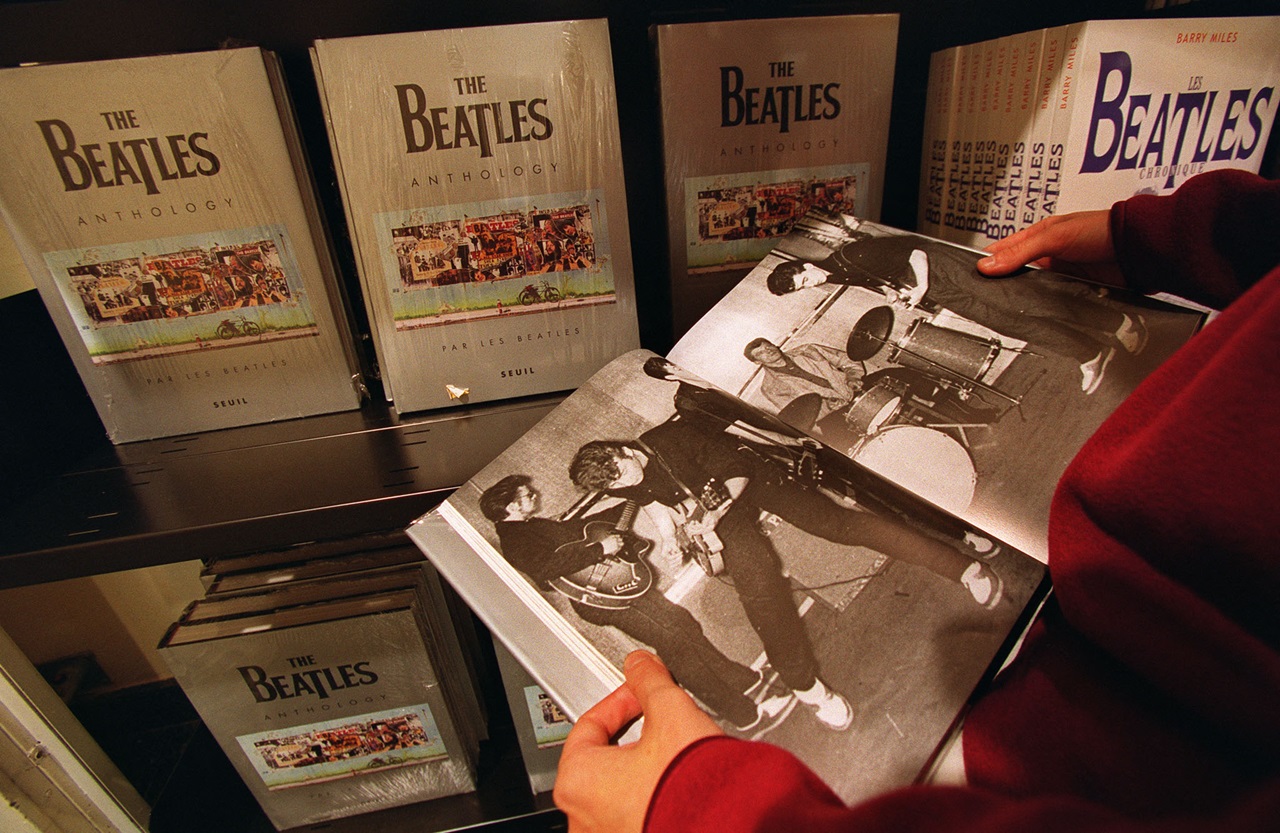
Leather, long hair and DIY strumming: That's what Navajo metal sounds like
Essays and documentaries modestly begin to delve into the community value that the do-it-yourself metal scene has generated among the Navajos.
Bands like Ethnic De Generation, Testify or Mutilated Tyrant, as well as the rest of the bands participating in the Reservation Slaughter tour and small improvised stages have something else in common beyond the particularity with which young Navajo people adorn their heavy metal. It is a spirit of cultural self-management craftsmanship that serves as a vehicle for new community narratives.
In a recently published interview Ashkan Soltani Stone, co-author with Natale A. Zappia from "Rez Metal: Inside the Navajo Heavy Metal Scene", she makes the mutations between appearances and musical reality perfectly clear: "One of the things about heavy metal in general, that, I would — I mean, there is this notion that heavy metal ... very negative things, and leads to a lot of mental issues, suicide, etcetera. However, I think one thing that I found as a heavy metal fan myself, it's very unique about it. I call it more like as a form of constructive anger [...] One of the things that this heavy metal music scene offers is to bring all this youth together and bring them a sense of community where they can express themselves and deal with certain issues that, it's relevant to their everyday experience”.
This scene of ubiquitous drums and cynically bloodthirsty riffs can be found especially in the Phoenix or Albuquerque areas of New Mexico, and throughout the Navajo territory that extends through Arizona and Utah.
RELATED CONTENT
The letters of rez metal (short for reservation metal) drink heavily from the more epic American tradition but employ certain "nihilistic" codes of the original Norwegian metal, hence the mentions of killings and violent events, but there is much more cynicism and self-awareness to be seen.
The aesthetic follows similar models of sinister faces painted as part of the artistic perforation of destruction and desolation on stage, which was portrayed by Clarke Tolton. There is in fact a documentary that tells the lucky story of the vocalist of one of the bands, I Don't Konform, who sent a demo to Flemming Rasmussen, producer of Metallica, and a few weeks later found himself recording with his entire band in the desert.
The reality is that beyond being another note of color in the metal scene and a constructive artistic project for the expression of young Navajo this kind of genres derived from rock have often served for the formation of new spaces in rigid cultural systems.
Punk and metal have come together during the last half century to allow free expression all over the world: African American punks like Pure Hell, Chicano bands like Los Crudos or Los Ilegales, Brazilian Latin American punk like Coquetel Molotov or Basque radical punk in Spain. A whole map of new symbols exported on the basis of art and with the necessary rage for a project as titanic as rowing against the tide.











LEAVE A COMMENT:
Join the discussion! Leave a comment.